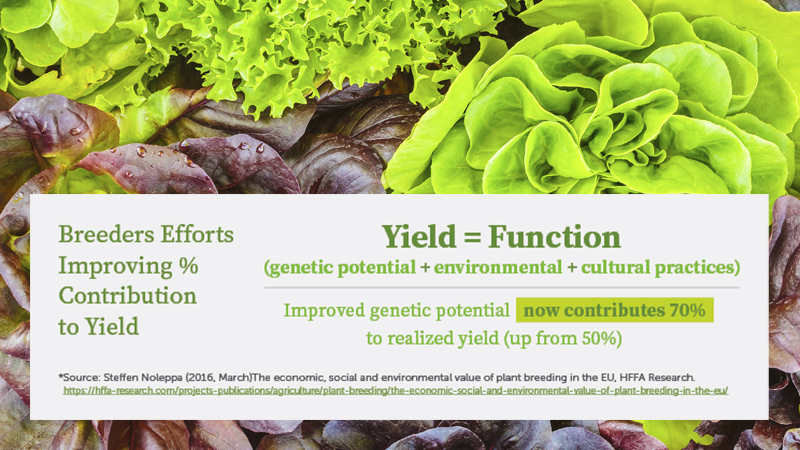Pollinator Protection Dependent On Pure Partnerships [Opinion]
 In recent years, hardly a week goes by that the loss of honey bees is not making headlines. And for good reason — honey bees and other pollinators do very important work helping to put food on America’s table.
In recent years, hardly a week goes by that the loss of honey bees is not making headlines. And for good reason — honey bees and other pollinators do very important work helping to put food on America’s table.
Honey bee pollination adds more than $15 billion in value to agricultural crops per year in the U.S. They pollinate more than 90 commercially grown crops in North America.
As honey bee losses mounted, the condition was coined Colony Collapse Disorder (CCD) and researchers to this day still have not pinpointed the exact cause for the condition.
The term was created in 2006, and it is a global phenomenon. Beekeepers in Europe have reported similar declines as North America.
Last year, U.S. beekeepers reported colony losses of 40%. And, more important pollinators have been impacted by other factors. The number of overwintering Monarch butterflies in Mexico’s forests have declined by 90% over the past two decades due to lost habitat.
There have been many theories why CCD is occurring. Suggested causes include: infections with Varroa and Acarapis mites; malnutrition; various pathogens; genetic factors; immunodeficiencies; loss of habitat; changing beekeeping practices; or neonicotinoid insecticides. While a definitive cause has not been identified, the scientific community believes it most likely is a combination of stresses causing CCD.
Last year, President Obama created the “Strategy To Promote The Health Of Honey Bees And Other Pollinators” task force to study the problem and suggest corrective actions. In May, the strategy was released and it lays out lofty goals:
- To reduce honey bee colony losses during winter (overwintering mortality) to no more than 15% within 10 years.
- Increase the Eastern population of the Monarch butterfly to 225 million, occupying an area of approximately 15 acres in the overwintering grounds in Mexico, through domestic/international actions and public/private partnerships, by 2020.
- Seeks to restore or enhance 7 million acres of land for pollinators over the next five years through federal actions and public/private partnerships.
These are good steps toward protecting pollinators. And, as the President noted, this will be an “all hands on deck” effort. As the task force strategy plays out, I hope the tendency will lean toward voluntary cooperation between stakeholders. And, if a mandatory regulation is required, it should be founded in sound science.
The action plan specifically calls for a re-evaluation of neonicotinoid insecticides. It states: “The EPA has sent letters to registrants of neonicotinoid pesticides with outdoor uses, informing them that EPA will likely not be in a position to approve most applications for new uses of these chemicals until new bee data have been submitted and pollinator risk assessments are complete. Once the data and assessments for honey bees are available, EPA will be able to make stronger and more scientifically reliable regulatory decisions on their uses.”
Key words — “scientifically reliable.” Let’s not move against this class of chemicals based on emotion. These products have been important pest control tools for growers, so to act against them just to appease those who go after them with an “all chemicals are bad” fervor would be wrong.
And, voluntary efforts work. Look at Florida’s Bee BMPs program, which has improved cooperation between growers and beekeepers. In fact, the White House strategy specifically points out Florida’s program as a national model.










